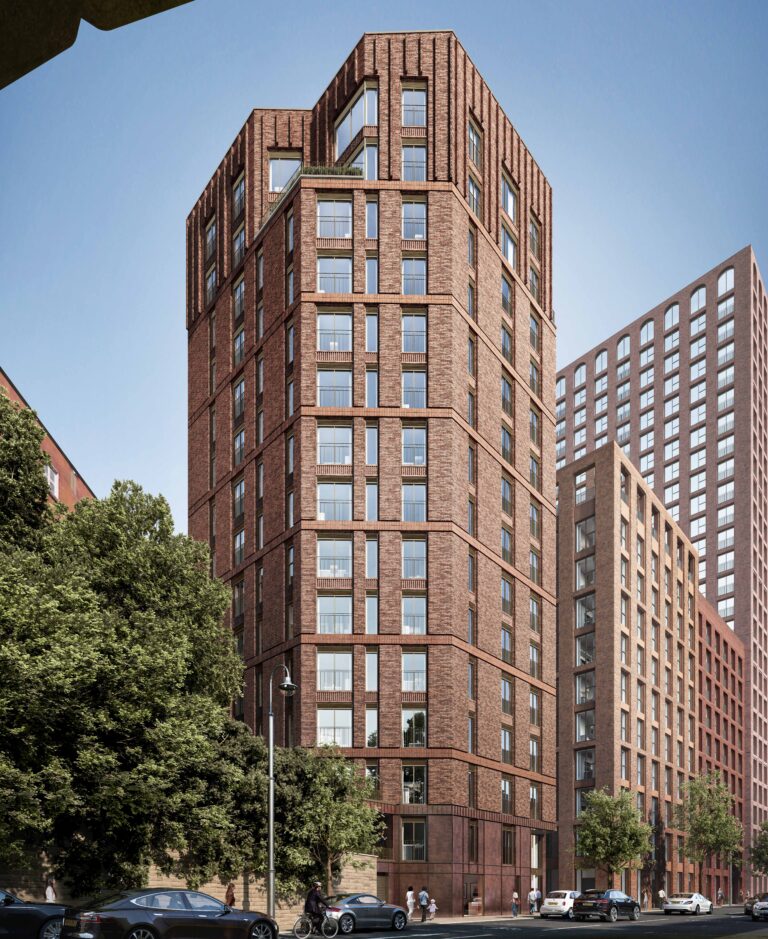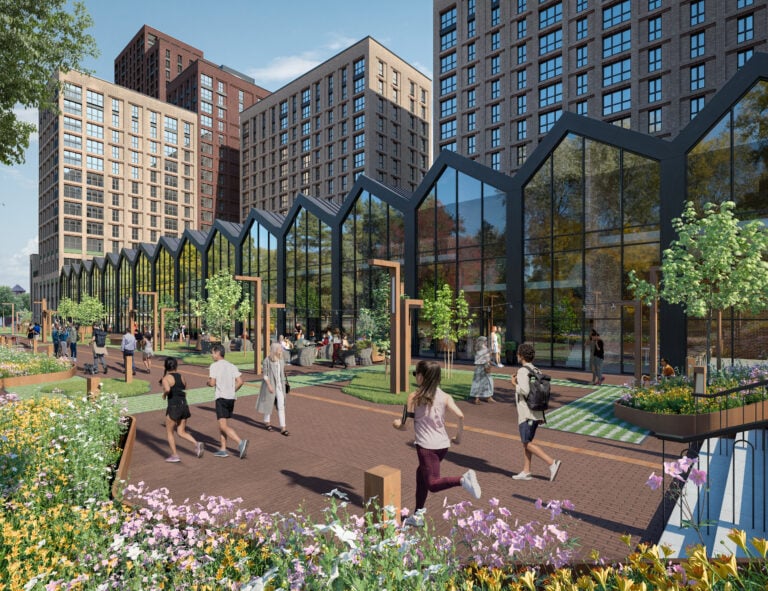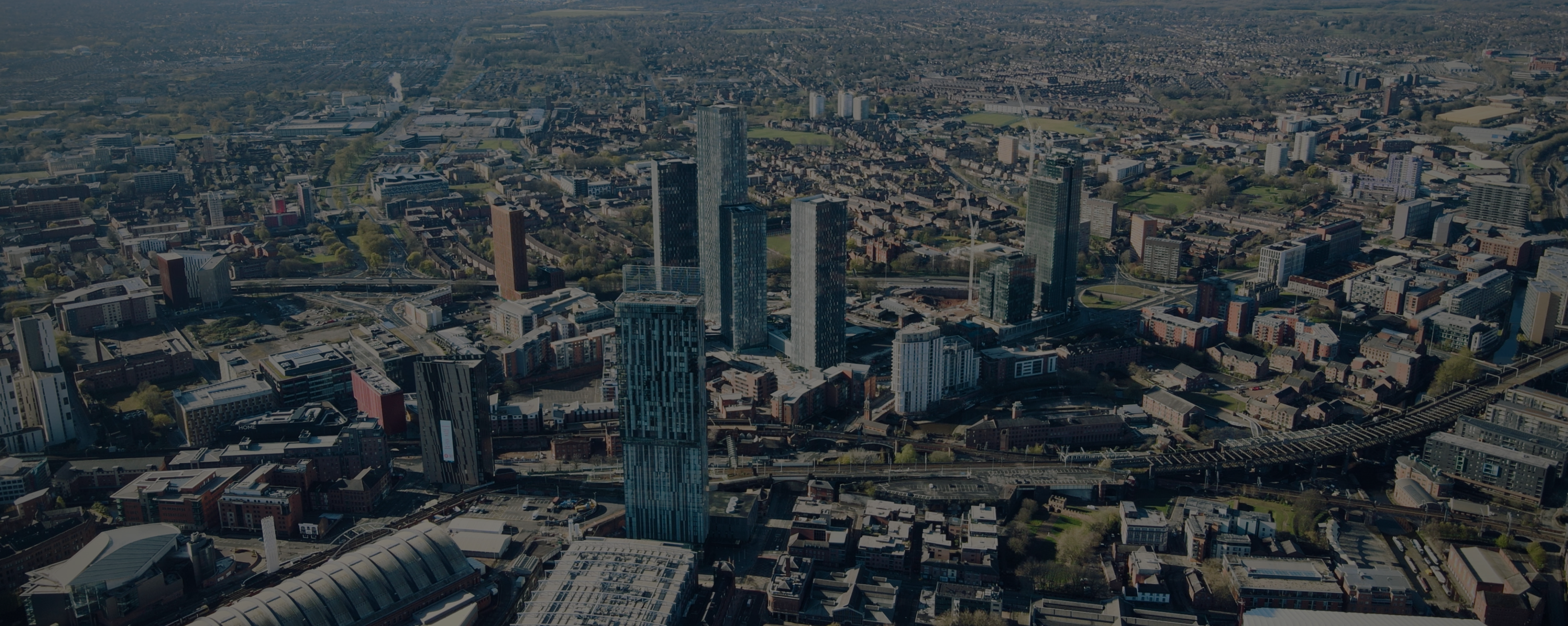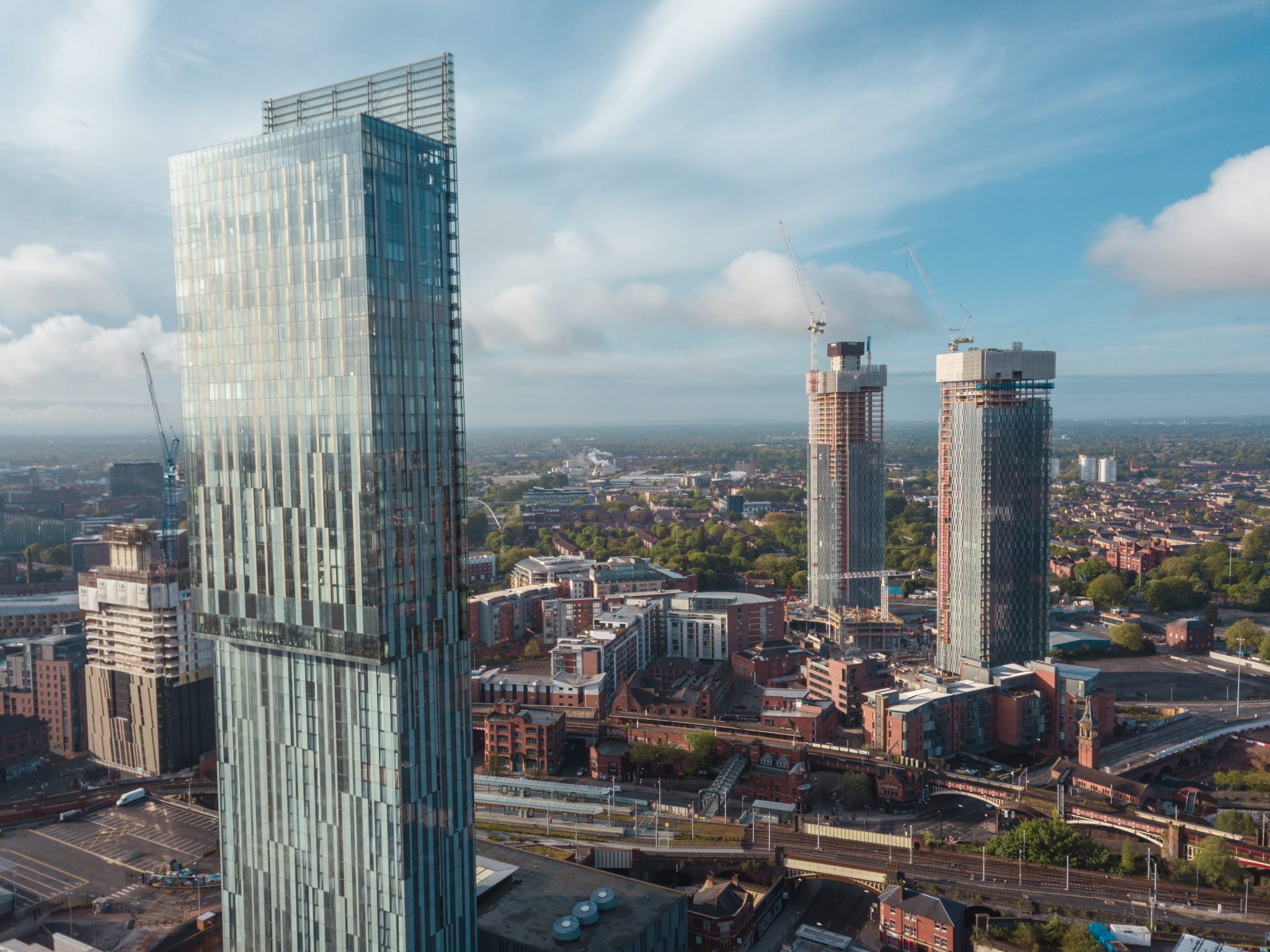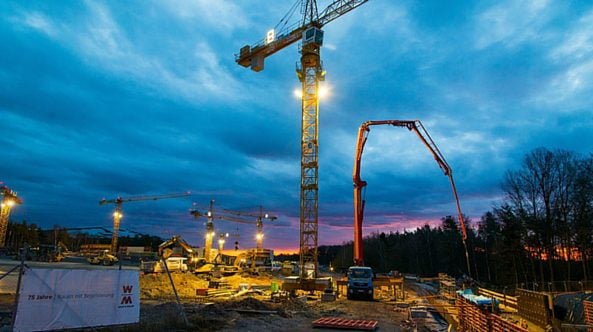The government has unveiled plans to build 12 new towns across England – the first major programme of its kind since the post-war era.
Housing secretary Steve Reed announced the initiative during Labour’s recent annual conference in Liverpool, with the project’s taskforce suggesting the developments could deliver “up to 300,000” homes over the “coming decades”.
The announcement represents a significant shift in housing policy—one that could reshape development patterns across the country, but it will first face some serious hurdles.
Its scale is hugely ambitious – each new town will include at least 10,000 homes alongside GP surgeries, schools, green space and transport links. The taskforce has recommended 40 per cent affordable housing, with a fifth reserved for social rent. Three priority sites—Tempsford in Bedfordshire, Crews Hill in north London and Leeds South Bank—are scheduled to begin construction within the lifetime of this parliament.
There are scant details yet on how the finances will work or what the costs might be, but the Government has said it will be a mix of both public and private funding. The final decisions on funding and the precise site boundaries will be made in spring 2026, after environmental assessments and a public engagement programme.
Development corporations modelled on post-war new towns will be given compulsory purchase powers, planning authority and infrastructure delivery responsibilities. The idea is that this will accelerate the delivery of the new towns and reduce the fragmentation that plagues so many conventional developments. The question is whether the Treasury will match the rhetoric with hard cash, or whether private capital will be expected to shoulder infrastructure costs that have historically required public funding.
The timeframe appears deliberately elastic. “Coming decades” suggests a multi-generational programme rather than a near-term solution to the housing crisis. For investors, a decade-long wait for meaningful returns demands some very patient capital and a high tolerance for political risk, as it will span across a number of elections and Governments.
Infrastructure funding, though, is the critical pinch point. New communities require not just houses but also railway stations, secondary schools, hospitals and employment opportunities.
The sums involved can run to billions per location. Whilst land value uplift could theoretically fund the infrastructure, the mechanism for capturing that value without deterring private investment has not yet been explained. Previous new towns relied on substantial Treasury support, but today’s fiscal constraints make those kinds of commitments unlikely.
The locations are an eclectic mix of pragmatism and compromise. Several sites—Leeds South Bank, Manchester’s Victoria North, Thamesmead—are existing regeneration schemes but will be rebranded as new towns. There are also genuine greenfield developments, such as Tempsford and Adlington, which will face fiercer opposition but will then be ‘true’ new towns.
And green belt battles loom large. Crews Hill will be built on protected land in north London—a choice that shows a commendable willingness to confront planning constraints but comes with guaranteed opposition. Tempsford’s parish council chairman has already stated that residents had been “kept in the dark” about the scale of proposals, highlighting how, if consultations are not handled sensitively, projects could easily be derailed through legal challenges and local resistance.
The timing is quite challenging, too. Planning approvals fell to record lows during Labour’s first year in office, and construction firms warn that rising costs and higher taxes are limiting delivery capacity. Labour’s target of 1.5 million homes by 2029 already appears unrealistic; adding complex new town projects to that burden raises questions about priorities, as well as skills and resource allocation.
For housebuilders, the new towns are a mixed blessing. Large-scale sites offer economies of scale, but decade-long lead times will put serious pressure on investors’ cash flows. In addition, although development corporations with compulsory purchase powers could unlock previously challenging locations, there are still high risks of planning delays, funding gaps and a potentially changing political landscape.
And, talking of politics, academics estimate there is a national housing shortfall of 4.3 million homes, with record numbers in temporary accommodation. So, even if successful, the delivery of 300,000 homes across 12 towns would barely make a dent in the shortfall, and that assumes some very optimistic delivery rates which would need to be sustained over decades.
The truth is that the programme’s real impact may lie less in its contribution to the housing shortage than in testing whether Britain’s planning system can accommodate a major change. If it can, it could lead to many more new town proposals.
Reed told delegates at the conference that the project would “restore the dream of home ownership” and mobilise “the full power of the state” to deliver “cutting-edge communities”. Prime Minister Keir Starmer described the proposals as “national renewal in action”. Yet politicians’ track record of successfully delivering major infrastructure projects is poor at best and gets worse with changes of governments.
Most investors are therefore likely to tread carefully until more details are known and will be monitoring the spring 2026 funding announcements closely. At the very least, it should provide the first indications of the true level of Treasury support.
There is no doubt, though, that Labour’s new towns are an audacious reset of housing policy, but ambition must now be followed by a successful delivery.


